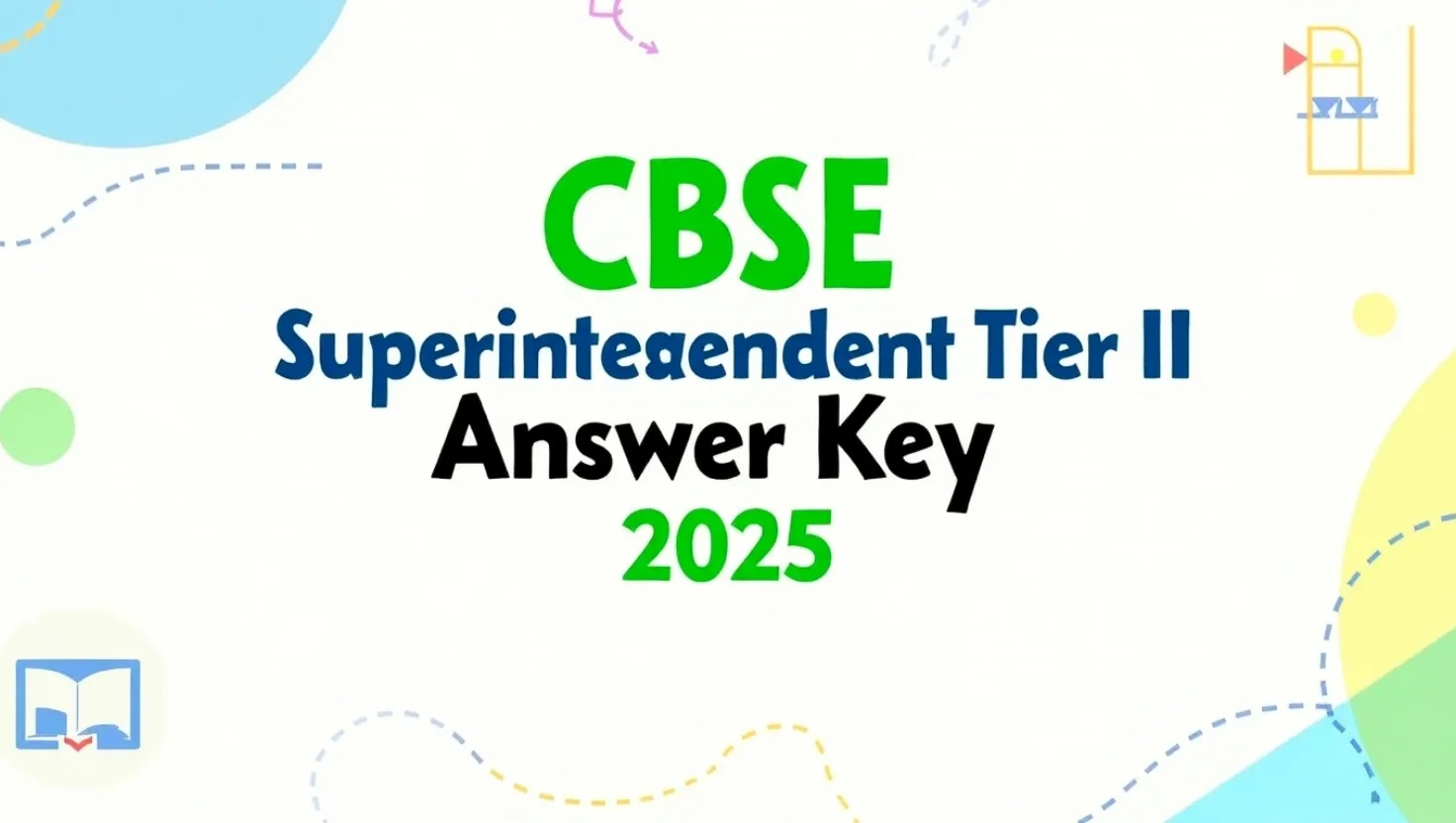The JEE Main 2017 offline exam was held on 2nd April, and Set A was one of the codes distributed among candidates. This paper followed the standard JEE Main format, with 90 questions split evenly across Physics, Chemistry and Mathematics. Each section had 30 multiple-choice questions with a total of 360 marks. The paper was considered moderately difficult overall, with Chemistry being the easiest and Maths the lengthiest.
I am writing about this particular paper because it serves as a useful resource for students preparing for upcoming JEE exams. Going through the actual paper helps students understand how questions are framed, how concepts are twisted, and what level of understanding is expected. Many students feel overwhelmed by the unpredictable nature of entrance exams, and that’s why having access to previous year papers, like this one, can really help reduce anxiety and increase familiarity. Attempting these papers under exam-like conditions not only builds confidence but also helps identify time management issues and weak areas well in advance.
JEE Main 2017 Set A – Paper Pattern and Subject Overview
The pattern of the JEE Main 2017 Paper I was as follows:
- Total Questions: 90
- Subjects: Physics, Chemistry, Mathematics
- Questions per Subject: 30
- Marks per Correct Answer: +4
- Negative Marking: -1 for each wrong answer
- Mode of Exam: Pen and paper (offline)
- Total Marks: 360
Physics
Physics questions had a good mix of Class 11 and 12 topics. Some questions were straightforward, while others required conceptual clarity. Important chapters included:
- Mechanics
- Electrostatics
- Current Electricity
- Modern Physics
- Waves and Oscillations
Students found a few numerical-based questions to be tricky due to multiple steps.
Chemistry
Chemistry was relatively easy and mostly NCERT-based. The section was well-balanced with equal weightage to:
- Physical Chemistry (Mole concept, Thermodynamics)
- Organic Chemistry (Reactions, Mechanisms)
- Inorganic Chemistry (Periodic Table, Coordination Compounds)
This was the scoring section for most candidates.
Mathematics
Maths was the toughest and most time-consuming section. The questions were concept-driven and included lengthy calculations. Topics covered were:
- Algebra (Complex numbers, Quadratic Equations)
- Calculus (Differentiation, Integration)
- Coordinate Geometry
- Vectors and 3D
- Probability and Statistics
Time management was key in this section.
Why Solve JEE Main 2017 Set A Paper
Solving the actual question paper from 2nd April 2017 (Set A) can be extremely helpful for your preparation. Here’s why:
- You’ll get to know the type and pattern of questions asked
- It helps in identifying weak topics and concepts
- Practising such papers improves accuracy and speed
- It gives you a clear idea of how to allocate time across sections
- Acts as a mock test for real-time evaluation of preparation
This paper can be used as a practice test. Time yourself and avoid distractions while solving it. Later, go through each solution to understand where you went wrong or what shortcuts could have been applied.
Download PDF
Click here to download JEE Main 2017 Paper I Set A (2nd April) PDF
(Add a working link once the PDF is uploaded)
Final Words
JEE Main is not just about studying hard—it’s also about being smart with your preparation. Solving previous year papers like the 2017 Set A gives you real insights into exam behaviour, common traps, and time-consuming topics.



















